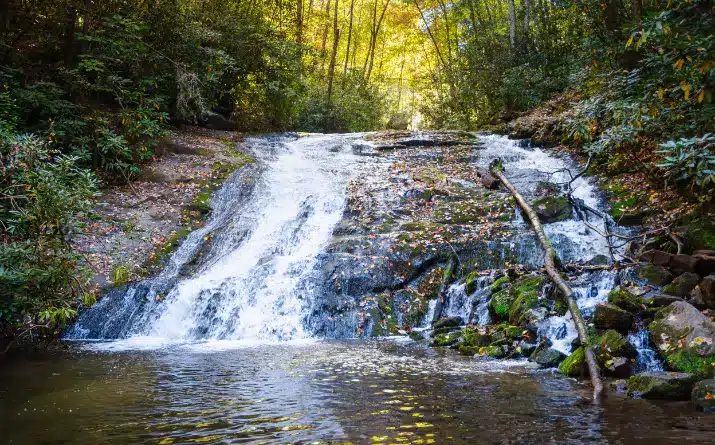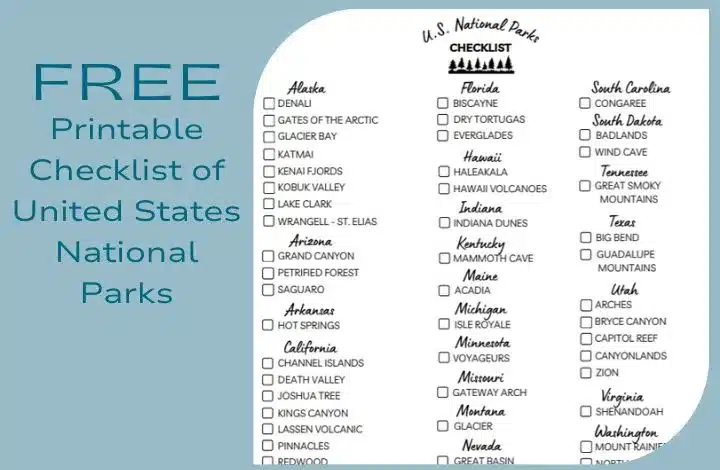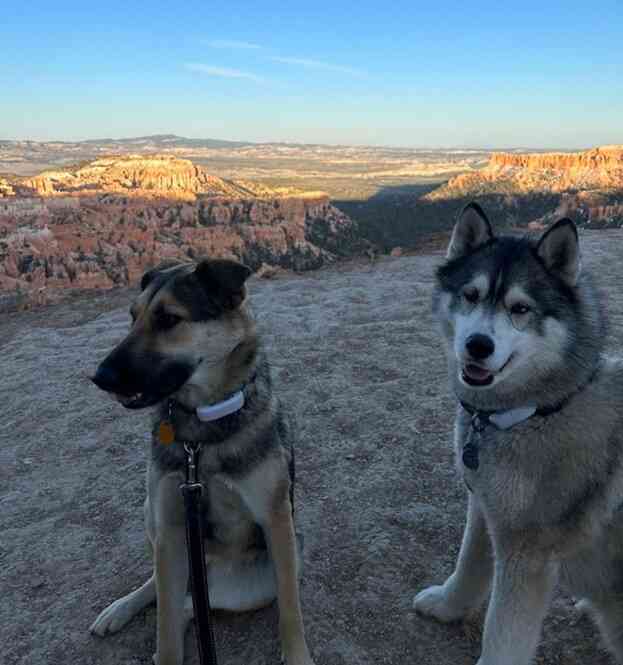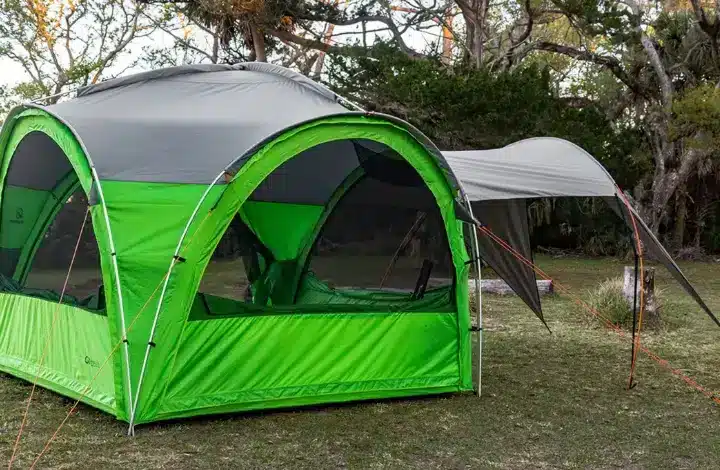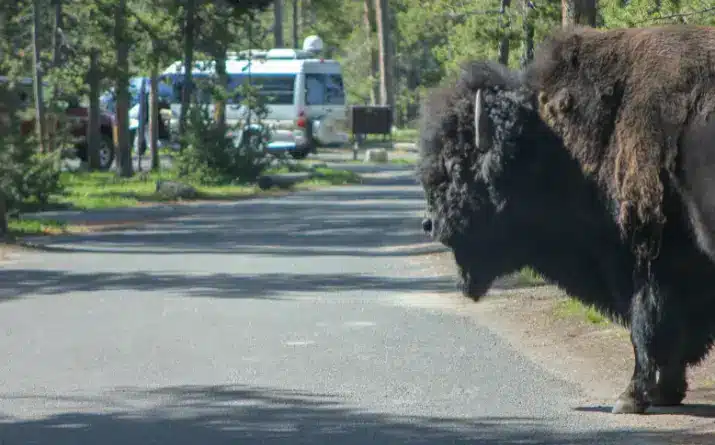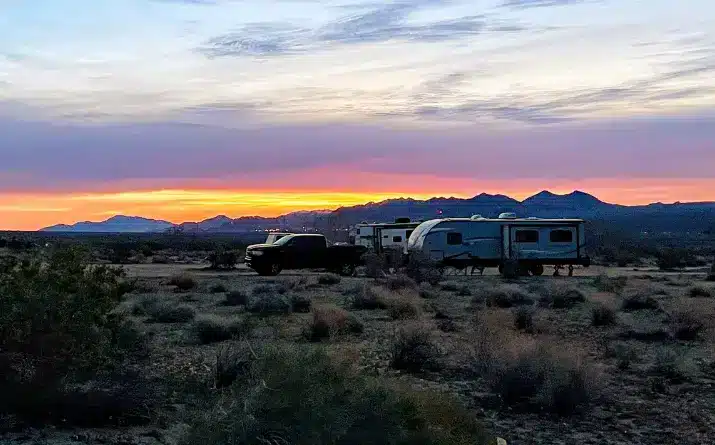Your Guide to Great Smoky Mountains National Park Camping
Every once in a while in your travels, you come across a place that’s pure magic.
For me, this place was Great Smoky Mountains National Park. Nestled along the border between North Carolina and Tennessee, Great Smoky Mountains National Park is a lush, green place where black bears walk right across the road and summer evenings are filled with fireflies.
There’s a reason why this is the most visited national park in the US. Fun fact: the Smokies get more visitors than Yellowstone, the Grand Canyon, and Yosemite National Parks combined.
Whether you’re planning a quick getaway near your own backyard or an extended cross-country trip, this guide will help you make the most of your time in the Smokies, complete with tips for hiking with dogs and itineraries based on your length of stay.
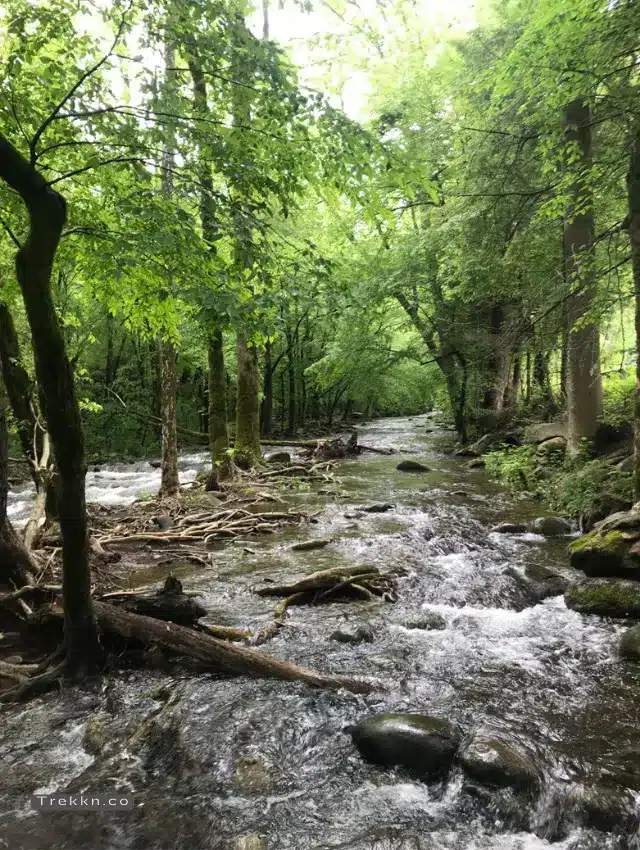
Where to Camp in Great Smokey Mountains National Park
RV-Friendly Campgrounds
Most of Great Smoky Mountains National Park’s campgrounds have no electric hookups available, but they do have drinking water and flush toilets on-site. Here’s a rundown of the campgrounds you can visit in your RV.
Always check the national park website for exact campground open dates in your travel year.
Tent-Only Campgrounds
Like the RV campgrounds, the tent-only campgrounds in the Smokies don’t have hookups or showers, but drinking water and flush toilets are available.
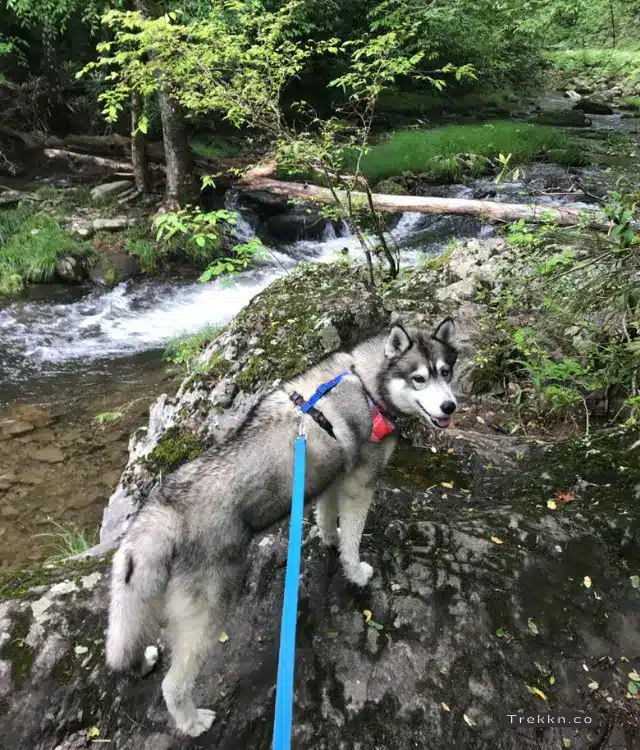
Your Ultimate RV Guide: Great Smoky Mountains
Campgrounds Outside the Park
If you can’t score a campsite within the boundaries of the park, don’t worry! Nearby towns like Gatlinburg, Tennessee, and Asheville, North Carolina, have ample campgrounds with plenty of space, full hookups, and pull-through sites for big rigs. Sometimes, it’s less stressful to leave your RV in a private park and explore the park in your toad.
Itineraries for Every Schedule
Here are some great bucket list itinerary ideas for your trip, whether you’re staying for one or two days, or enjoying the natural beauty for a little more time.
One Day Itinerary
Arrive early for a leisurely hike on one of the park’s scenic trails. The most popular lots fill early, so this is a good first stop if you’re an early riser! (If not, flip this itinerary and hike in the afternoon.)
The Visitor Center staff do an excellent job of pointing out hikes that match your party, available time, and skill level. Popular options include Rainbow Falls (5.4 miles roundtrip if you stop at the falls) or Laurel Falls (2.5 miles roundtrip).
If your hike was short enough, head to Cades Cove picnic area for a lunch among the trees. Then take a drive along the Cades Cove Loop, an 11-mile one-way road that offers some of the best scenic views, wildlife spotting, and historical sites in the park.
End your day watching the sunset from Clingmans Dome, the highest point in the park.
More guests visit the Smokies than the combined number of visitors to Yellowstone, the Grand Canyon, and Yosemite National Park.
Day Two Itinerary
On your second day, explore the Roaring Fork Motor Nature Trail, a scenic loop road offering a glimpse into the region’s history and access to several trails, including Rainbow Falls.
If you’re a horse fan, take a guided horseback riding tour through the park for a unique perspective of the Smokies. Otherwise, pick another hike for the afternoon.
Day Three Plan
Dedicate your third day to the North Carolina side of the park. Start with a morning hike along the Deep Creek trails, where you can enjoy waterfall views.
After lunch, head to Fontana Lake for an afternoon of kayaking or SUPing on the water.
In the evening, explore the shops and restaurants in nearby Cherokee or Bryson City, or take a drive along part of the Blue Ridge Parkway.
If you have more time in the region, the Blue Ridge parkway and Shenandoah National Park are beautiful options.
Hiking with Dogs in Great Smokey Mountains National Park
The Smokies are not the most dog-friendly national park I’ve visited—but they aren’t the least friendly, either. The restrictions are in place for good reason as bears are highly active in the area.
There are two trails where you can bring your dog:
Prepare and protect your dogs to keep them safe while camping.

Pro Tips for Visiting the Smokies
With over 13 million visitors a year, Great Smoky Mountains National Park is consistently the most visited national park in the US. With that in mind, it pays to do some advance research and planning to ensure your trip goes smoothly, especially if you’re visiting during the summer.
Visiting the Smoky Mountains offers an unforgettable outdoor experience, with a variety of activities to suit any length of stay.
Whether you’re coming for the trails, the tranquility, or the breathtaking views, a well-planned camping trip to the Smokies can provide an abundance of cherished memories.
Comprehensive travel planner: get your RV Travel Planner for a smooth road trip



Sarah Kuiken has been a full-time solo traveler for 4 years and counting, but she’s been a solo adventurer for decades. She owns her own copywriting business, Flourish Writing, which she operates from the road. Sarah loves to explore state and national parks with her two dogs, Orion and Piper—wherever they’re allowed, of course. When she’s not whipping up web copy for fellow entrepreneurs, she’s probably out hiking or paddle boarding with the dogs in tow. Learn more about her freelance writing business at FlourishWriting.com.


